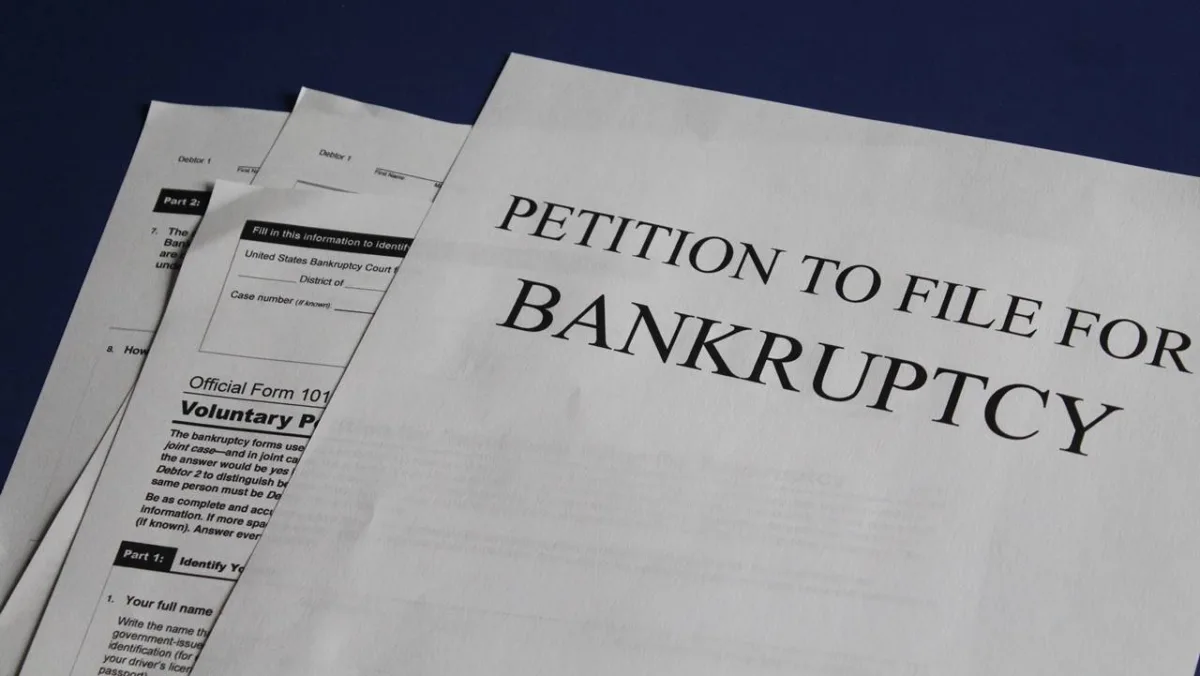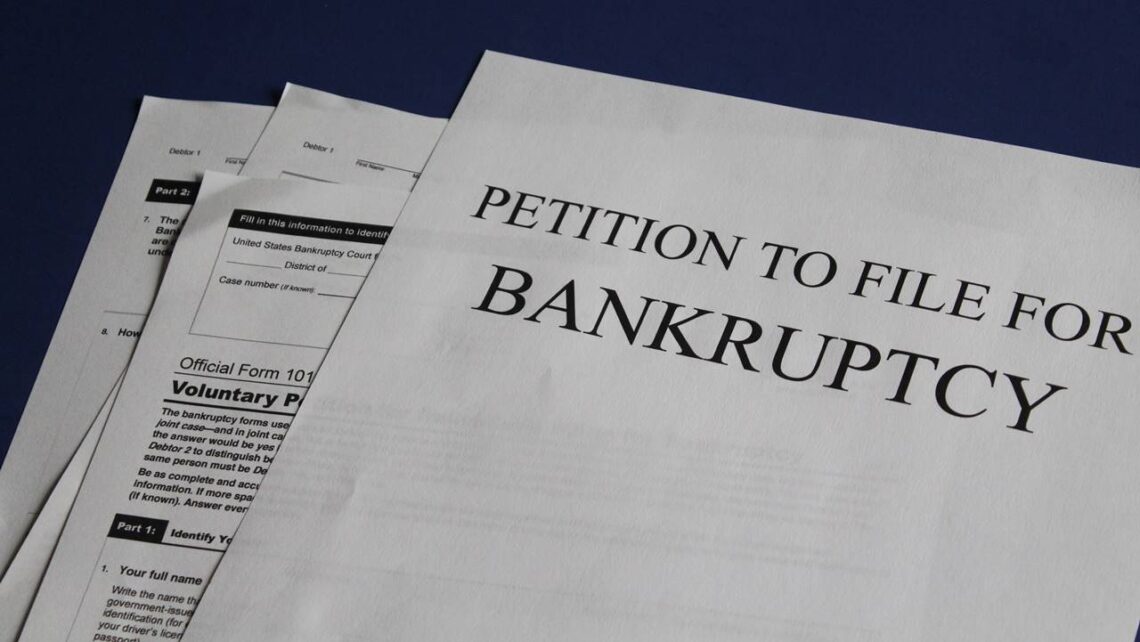The recently enacted UAE Bankruptcy Law marks a transformative milestone, introducing pivotal provisions to safeguard the national economy’s vigor, uphold the rights of creditors, and aid debtors in settling obligations before resorting to bankruptcy. This comprehensive legislation, set to become effective on May 1, 2024, is a game-changer, aiming to strike a delicate balance between creditors’ interests and debtors’ operational control, subject to court approval.

Key Provisions of the UAE Bankruptcy Law
Published in the UAE Gazette on October 31, 2023, the law is scheduled to come into force on May 1, 2024.
Purpose
The primary objective is to overhaul the existing restructuring and insolvency legal framework, fostering investor trust by streamlining processes and recognizing the need to balance the interests of diverse stakeholders.
Encouraging Amicable Settlements
The law actively promotes amicable settlements, expanding avenues for debtors to seek protective composition, emphasizing negotiation to resolve financial difficulties.
Establishment of Special Bankruptcy Courts
Dedicated bankruptcy courts will handle bankruptcy cases, enhancing efficiency and specialized oversight. A unit named the “Financial Reorganization and Bankruptcy Unit” will support these courts in their administrative tasks related to preventive settlement, restructuring, or bankruptcy procedures.
Protection for Creditors and Streamlined Processes
The law shields creditors by avoiding separate enforcement proceedings. The court can impose a moratorium on creditors’ actions from the start of judicial measures against debtors until the restructuring plan is ratified, without a specified time limit.
Moratorium Duration
Upon the decision to initiate preventive settlement procedures, a three-month claims moratorium is imposed. The Bankruptcy Court may extend this period, not exceeding one month each time, up to a maximum of six months. During this period, debtors must facilitate creditor approval of the preventive settlement proposal.
Extended Moratorium until Ratification of Restructuring
The moratorium following the initiation of restructuring proceedings remains open until the ratification of the restructuring plan. Notably, employment claims and personal status matters (excluding inheritance matters) are exempted, preserving the rights of employees, spouses, and children.
Debtor’s Request for New Financing
Upon accepting a debtor’s request for preventive settlement and restructuring, the bankruptcy court may grant permission for new financing under specified conditions. This includes prioritizing new financing over existing debts and securing it with liens on funds, offering flexibility to support the debtor’s ongoing operations.
Determination of Debtor’s Cessation of Payments
Unlike the previous law, the court, upon issuing a final judgment on preventive composition, restructuring, or bankruptcy, must determine the date of debtor(s) ceasing payments, impacting certain past acts by the debtor(s).
Bankruptcy Court Verdicts as Writ and Executable
All bankruptcy court decisions and judgments hold the status of a writ of execution, ensuring enforceability under the new law.
Suspension of Claims
Bankruptcy courts gain the authority to issue precautionary decisions to suspend ongoing claims against debtors before final judgment, a power absent in the previous law.
Ratification of Restructuring Plan
If creditors reject the proposed restructuring plan, debtors can petition the bankruptcy court for ratification. The court may approve the plan after considering the trustee’s opinion, ensuring creditor rights are not diminished.
Personal Liability for Managers and Officials
Managers, board members, and liquidators may face personal liability for specific actions, such as engaging in ill-considered risks. The liability extends to actions committed two years before the cessation of payment, and claims must be filed within two years of a judgment declaring the company’s bankruptcy.
Preventive Settlement Procedure
Debtors with viable businesses can apply for preventive settlement procedures under various conditions, emphasizing the law’s flexibility in addressing financial challenges.
Appeal Mechanism
All decisions and judgments from the bankruptcy court are subject to appeal within 30 days of issuance, enhancing transparency and accountability.
The UAE Bankruptcy Law emerges as a comprehensive framework, ushering in a new era of financial stability, creditor protection, and debtor support. Its meticulous provisions not only redefine legal processes but also instill confidence in investors and stakeholders, positioning the UAE as a jurisdiction committed to robust economic governance.

















